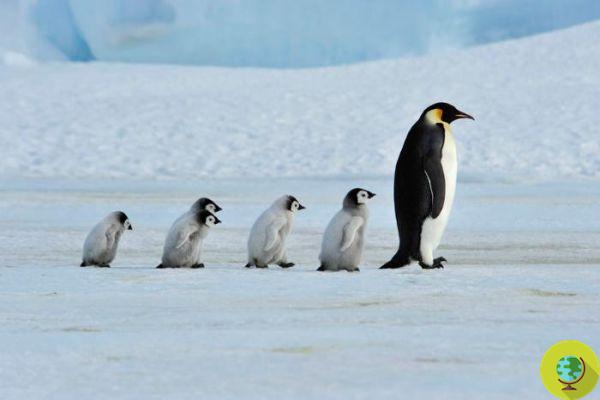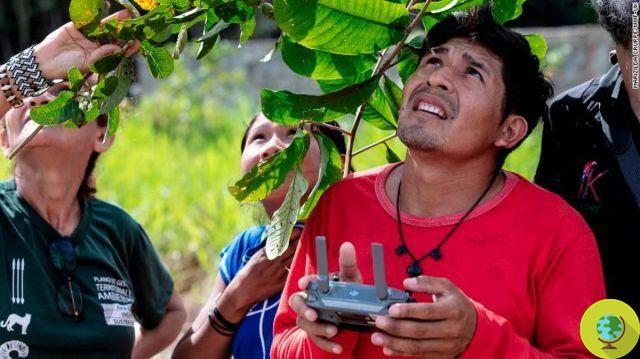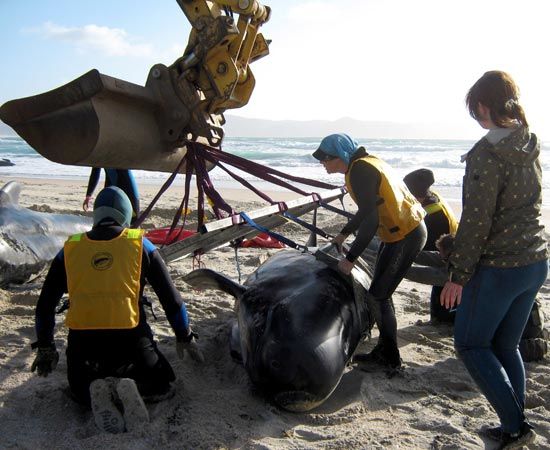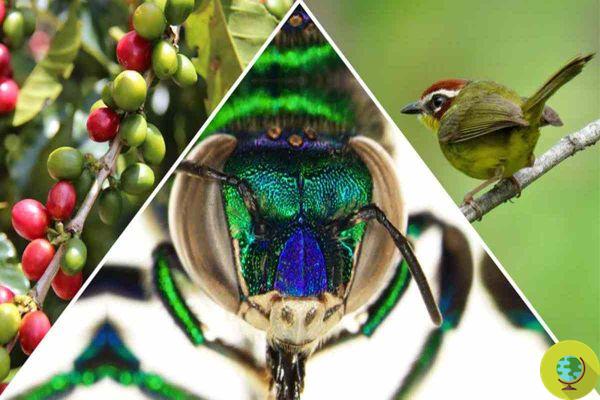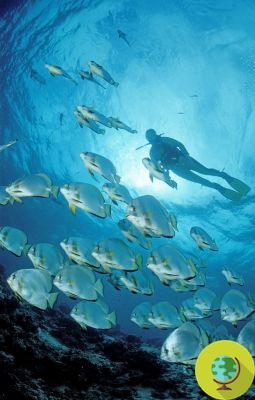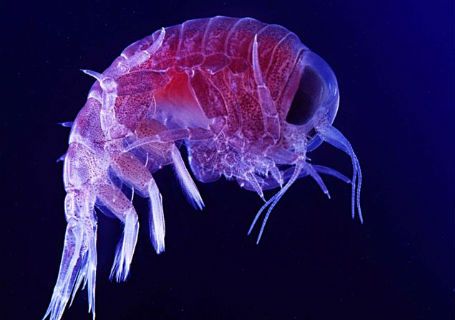Human activities are often responsible for profound alterations to ecosystems and natural balances: CO2 emissions, pollution of the atmosphere, soil and aquifers, deforestation, danger of extinction for various plant and animal species are just some of the effects that urbanization and technical and industrial progress have had and continue to have on the environment.
He is about to end up run over, his mother saves him
Human activities are often responsible for profound alterations of ecosystems and natural balances: CO emissions2, pollution of the atmosphere, soil and aquifers, deforestation, danger of extinction for different plant and animal species are just some of the effects thaturbanization and technical and industrial progress have had and continue to have onenvironment.
Despite this, in some specific cases the tech it seems to give back what it has taken away: for example, proving to be very useful, if not even necessary, for safeguarding and for conservation of some animals at risk.
In this regard, here 6 technologies that are proving to be valuable allies in the protection of some endangered species:
Global Positioning System (GPS)
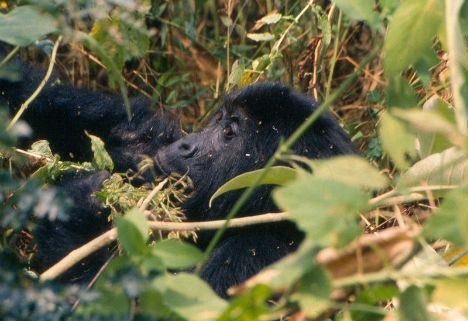
Il GPS it is not only a useful system - among the many possible applications - to travel more comfortably, but it can also prove to be a valid tool for preserve the biodiversity. Just think of the case of cross river gorilla, an endangered species (it is believed that there are currently between 250 and 300 specimens) which owes its name to a river in Nigeria. The unstoppable advance of human activities, and in particular of hunting, has caused the gorillas to disperse in a large and inaccessible territory, making it difficult for scholars and environmentalists to monitor them and, consequently, their own protection. For this, scholars began to use the GPS to follow the movements of the surviving gorillas.
Likewise, GPS is used for both monitor the movements of some Nepalese tigers, another now very rare species, with the aim of deepening the knowledge of their habitat and protecting them from the activity of poachers, who to track the movements of elephants in Kenya. In the latter case, gods are used collars with SIM cards, which allow scholars to follow by SMS the movements of elephants and to know when some specimens approach areas considered "at risk".
Ultrasound
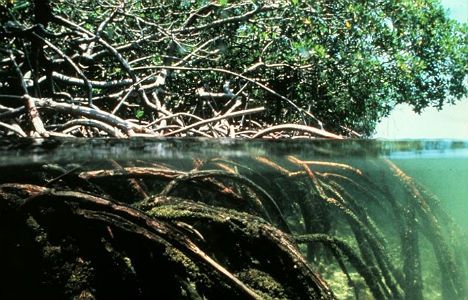
A technology commonly used in medicine (for example, for ultrasounds) can become a useful ally for monitor endangered species and evaluate the efficiency of the measures arranged to protect them: it happens in relation toEpinephelus itajara, for an fish from the same family as groupers which in adulthood can reach 2 meters in length and which today appears in the sad list of endangered species. To obtain underwater images, taking into account that the young use the roots of red mangrove as a hiding place and are therefore hardly visible, theKILLER WHALE (Ocean Research & Conservation Association) it uses images obtained with ultrasound, with the aim of constantly monitoring the number of specimens and protecting their habitat.
Analysis of genome
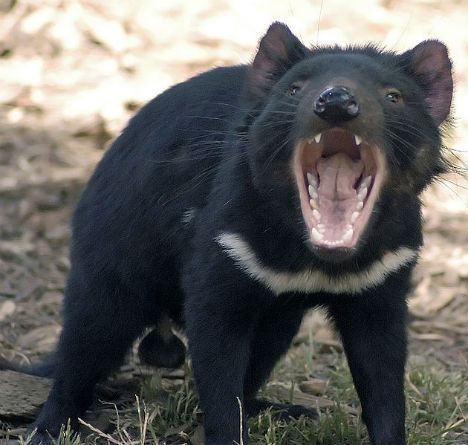
Another example of the combination of technology and medicine at the service of endangered species: this is the case of Tasmanian Devil, at risk of extinction due to a very rare form of facial tumor transmissible from specimen to specimen by contact. The tumor began to spread at the end of the twentieth century (the first studies in this regard date back to 1996) and in a few years resulted in a drastic reduction of the population (estimates speak of a death rate between 20 and 50%). In an attempt to understand the genetic reasons for the spread of the tumor and to identify what could be the natural defenses of the species, scientists have fielded the most advanced techniques for map Tasmanian devil genome, in order to arrive as soon as possible - hopefully - to a cure.
Planes without pilot
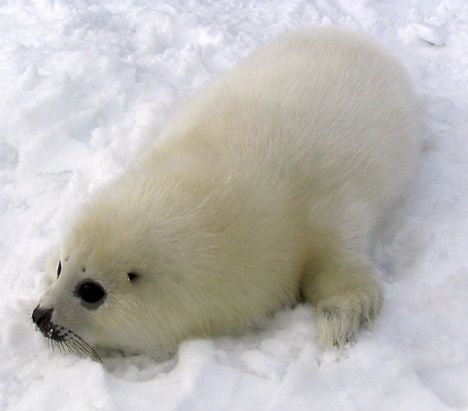
In the Arctic Circle, i drones they are used for absolutely peaceful and constructive purposes: they are in fact mounted on cameras that allow not only to monitor the state of the ice but also of locate animals at risk like the different species of seals, which have their natural habitat and their source of protection and nourishment in the ice.
Passive Integrated Transponder (PIT)
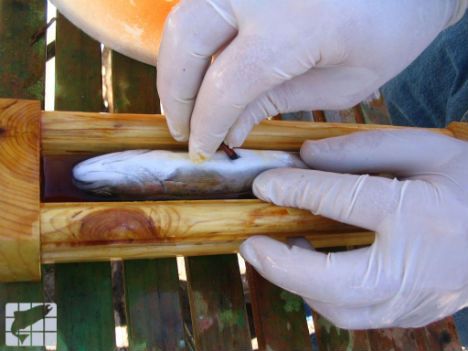
Un transmitter with a unique code implanted in each specimen, in order to follow its movements: this is the PIT, a system ofmonitoring via antennas used to collect data on freshwater and saltwater fish as well as other endangered aquatic species, such as turtles.
Hubble Space Telescope (HST)
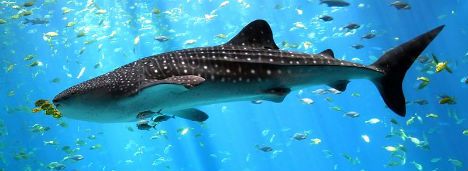
The technology developed with HST and used by astrophysicists to locate and "photograph" stars e galaxies, it is also useful for identifying the different specimens of whale shark, distinguishing them from each other thanks to a particular algorithm that recognizes the particular arrangement of their spots. This identification system is especially useful if you think the whale shark is a migratory fish, which can also travel for very long distances: without the possibility of recognizing the different specimens, scholars would find it very difficult to monitor their number and follow their movements.
Lisa Vagnozzi







